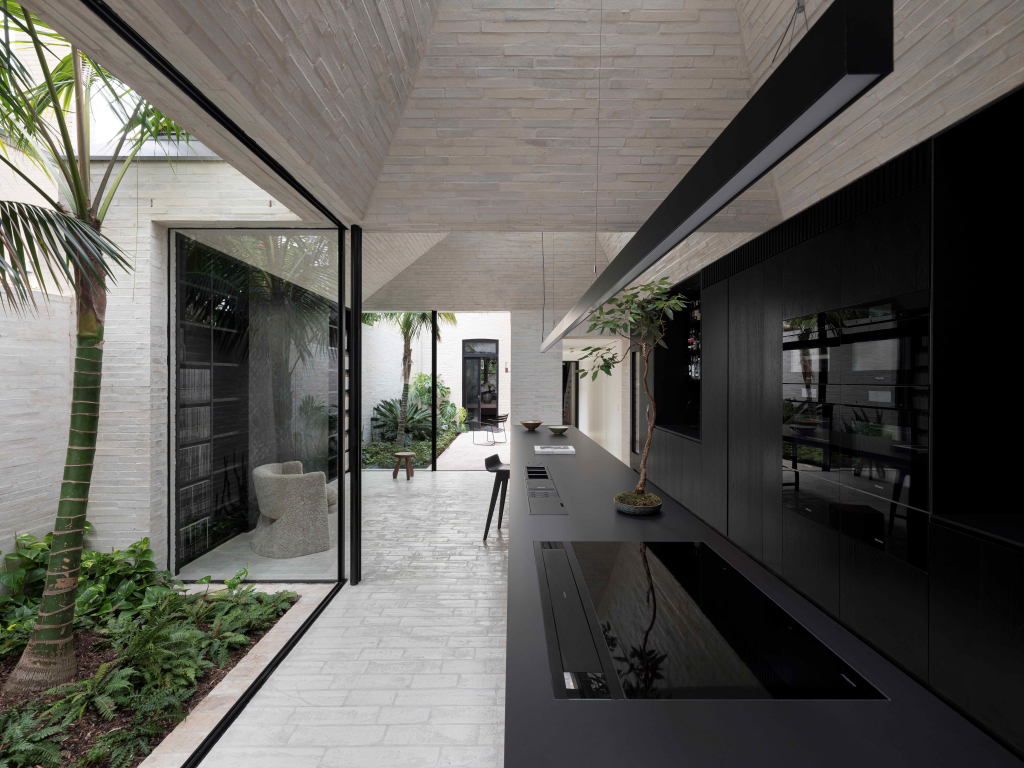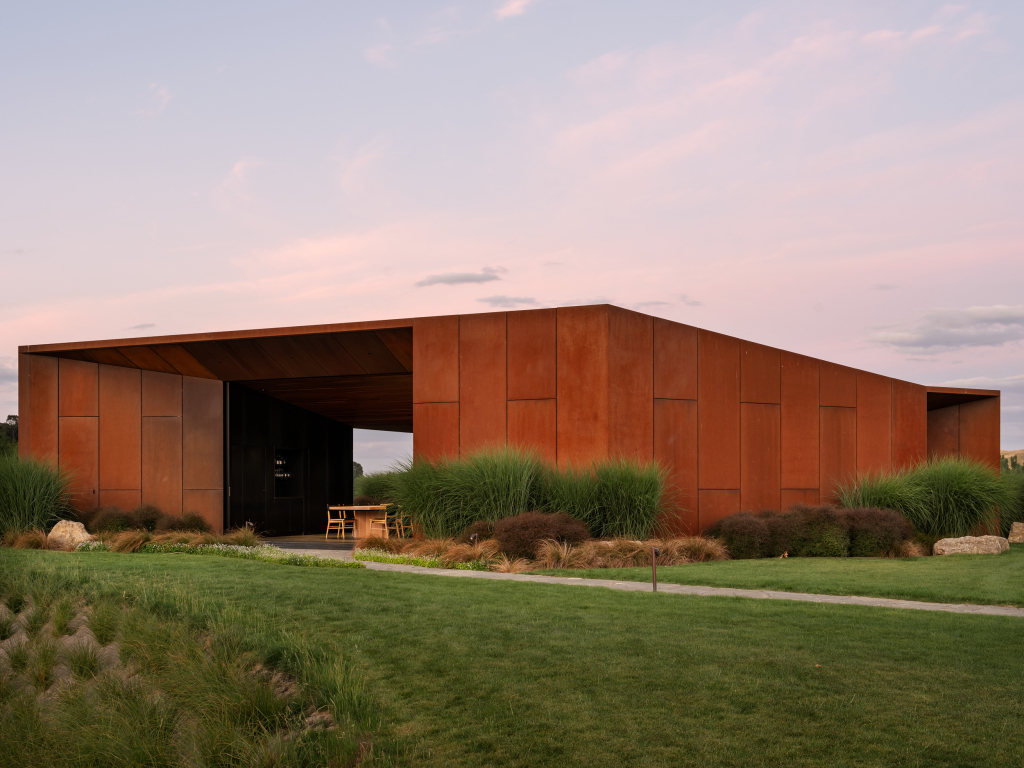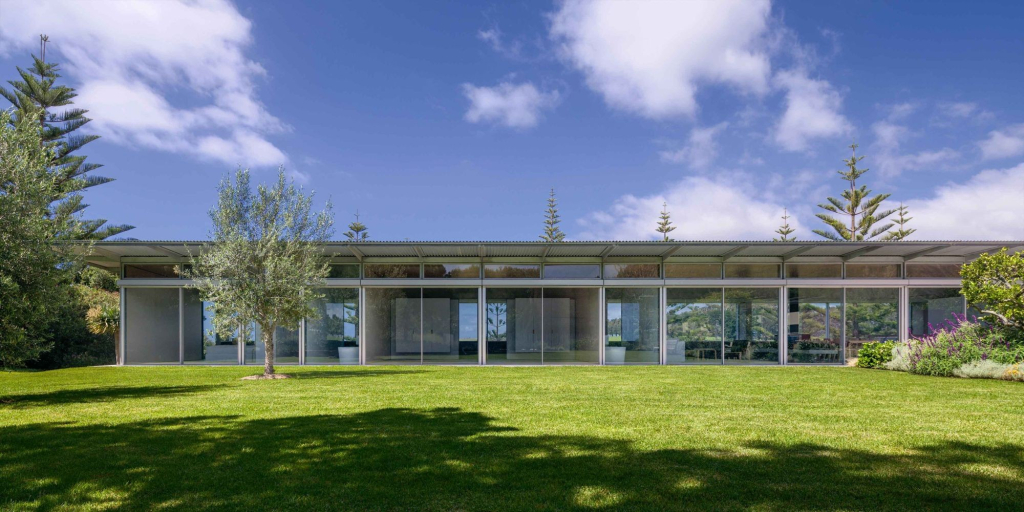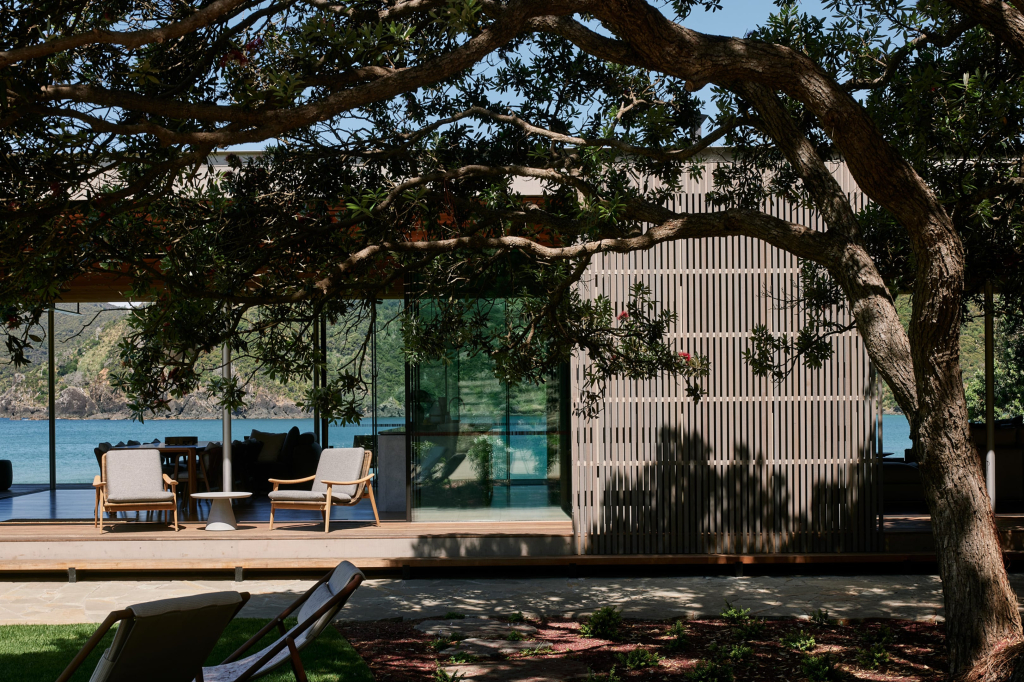You're chasing the light around.– Sam Hartnett
Riley Wilson speaks to Australia and New Zealand’s leading architecture photographers on how to capture spaces, places and emotions.
Picture it: the architectural drawings have transformed into walls and windows, the lock-up is complete, and the keys have been handed over. The design has become reality, marking – for most architectural projects – the beginning of the next chapter. Enter the skilled photographer, tasked with capturing a space’s spirit once the architects have – literally and figuratively – left the building.
Architectural photography marries nous, spatial awareness and an eye for which perspectives evoke emotion, with a heavy dose of environmental consideration (read: light, light, light) and patience thrown in.
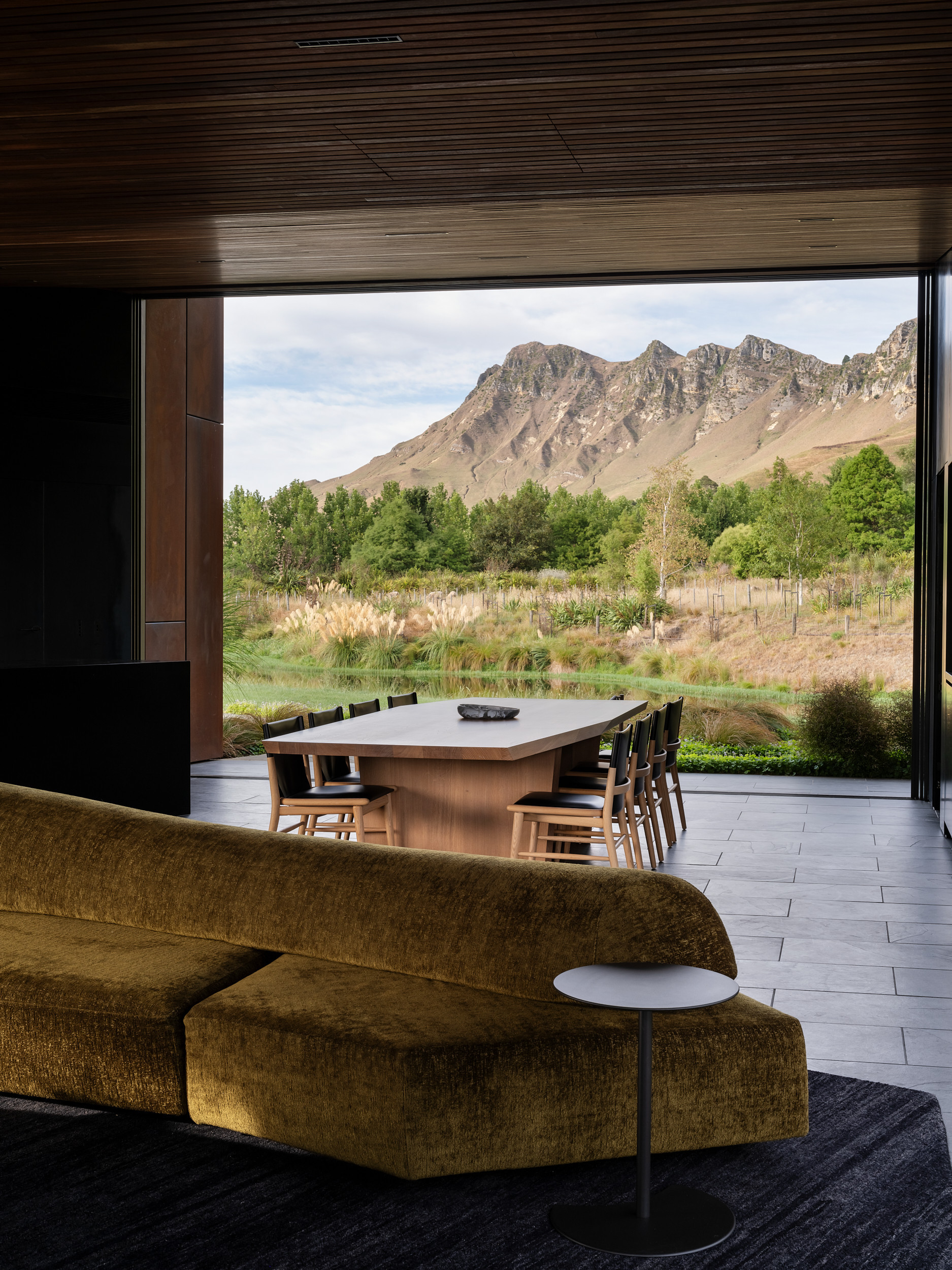
“It’s about making beautiful images of whatever subject you’ve got in front of you,” says former architect-turned-architecture photographer Tom Ferguson, who is based in Sydney, “so you have to enjoy the process and just enjoy making beautiful images.”
So what’s the secret to translating an architectural vision into a static image and capturing the perfect shot?
It starts with the light. Auckland-based photographer Sam Hartnett began his career in art galleries, and his expert awareness of spaces and how they interact with light is evident in his work. The period from golden hour to blue hour – all up, a little over 60 minutes in total – is go time.
“And then when the light hits, that’s when it gets fun. You’re chasing the light around, the light is looking good, and that’s when you start to get quite creative,” he says. “Once you get good light, it’s like, ‘OK, let’s go!’ Then you feel a bit solar powered.”


A good architectural photograph conveys not only the content of the shot but also the emotions behind its composition: the unspoken bond between a space and its suspension in time and season. Shots that connect internal and external spaces evoke this deeply, Sam says, with clever architectural elements serving as the image’s frame.
“When we were shooting Te Mānia, with those Vitrocsa windows, you can push them all the way open and it completely opens up the whole space. And that was really, really great for that space, just being able to make a wall basically disappear,” he says. “If you’re trying to bring the landscape inside, it’s a really nice way to be able to do that without going outside.”
Tom agrees.
“Most of the time architects will want doors to be open because that’s the natural thing, and the great thing about Vitrocsa – and this is speaking with my architect’s hat on – is that they’re so fine,” he says. “It makes it really easy to photograph houses because the door will disappear completely or you can photograph it with the doors on one side or on the other. It’s such a flexible system, but capturing that fineness of detail on the threshold of the building is pretty important.”
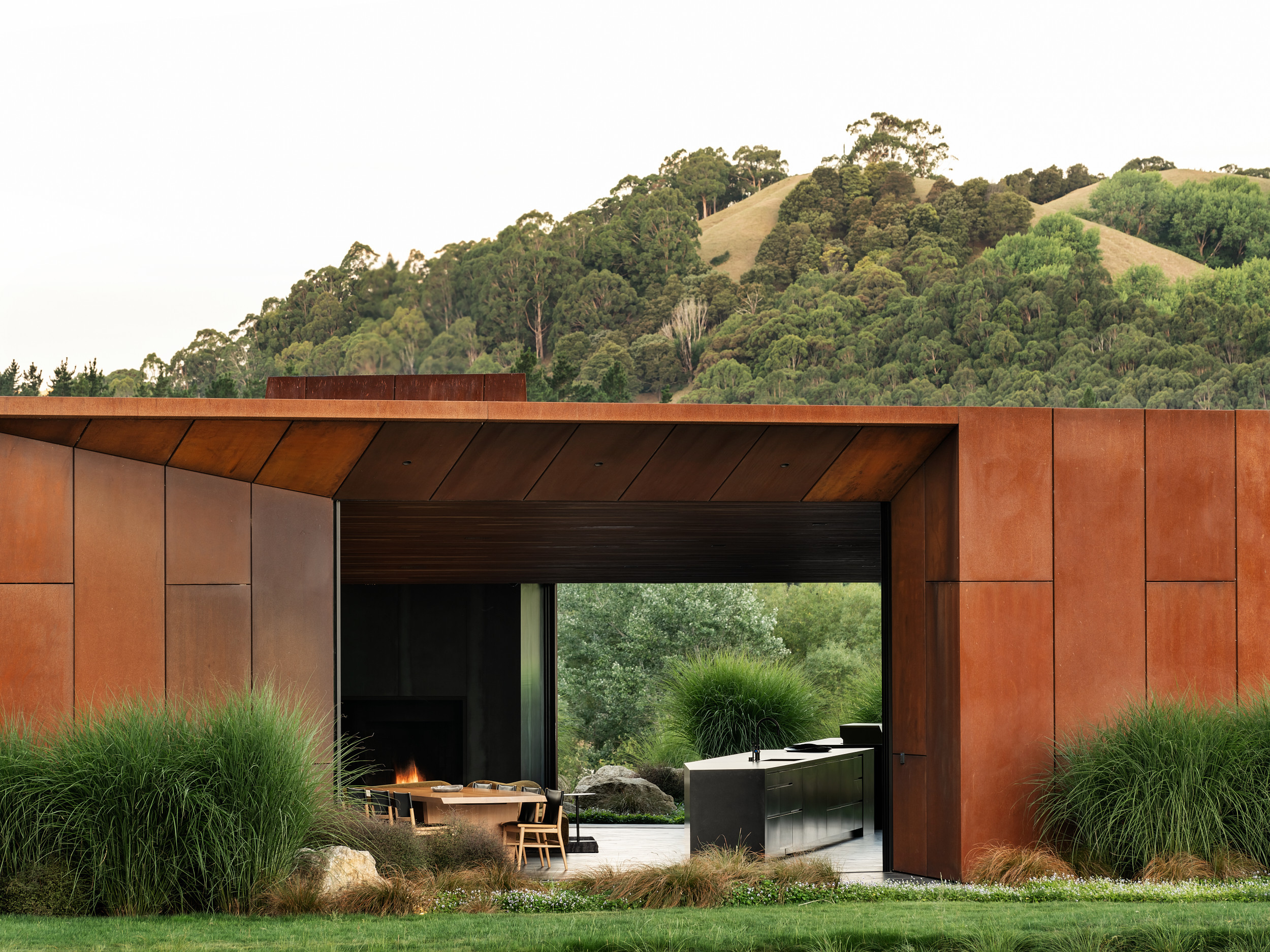
Really just enjoy what’s happening within a space and enjoy what the light is doing.– Shannon McGrath
The beauty exists in the details, says Melbourne-based photographer Shannon McGrath, who specialises in interior architecture: in her role, she feels she’s just documenting the best of it.
“My approach to photography is, spatially, not to muck too much with it; to really just enjoy what’s happening within a space and enjoy what the light is doing and not to trick it up or change it or ‘post’ it or do anything that’s going to change too much of what’s actually going on in that space – what I feel when I’m in that space.”
Her background in fine art aids her appreciation and understanding of the poetry of rooms and places, which she has captured for 25 years.
“You soak up a house and you say hello to it in the morning and goodbye to it at night,” says Shannon. “These architects spend years and years and years going through planning and development and the relationship with the client. It can take years to get a project finished. For them, it’s a signature – the full stop – when the photoshoot happens. It’s a celebration of the end of the project. The architects then generally walk away, and then all they’ve got really are those images at the end of the day, after all that hard work.”
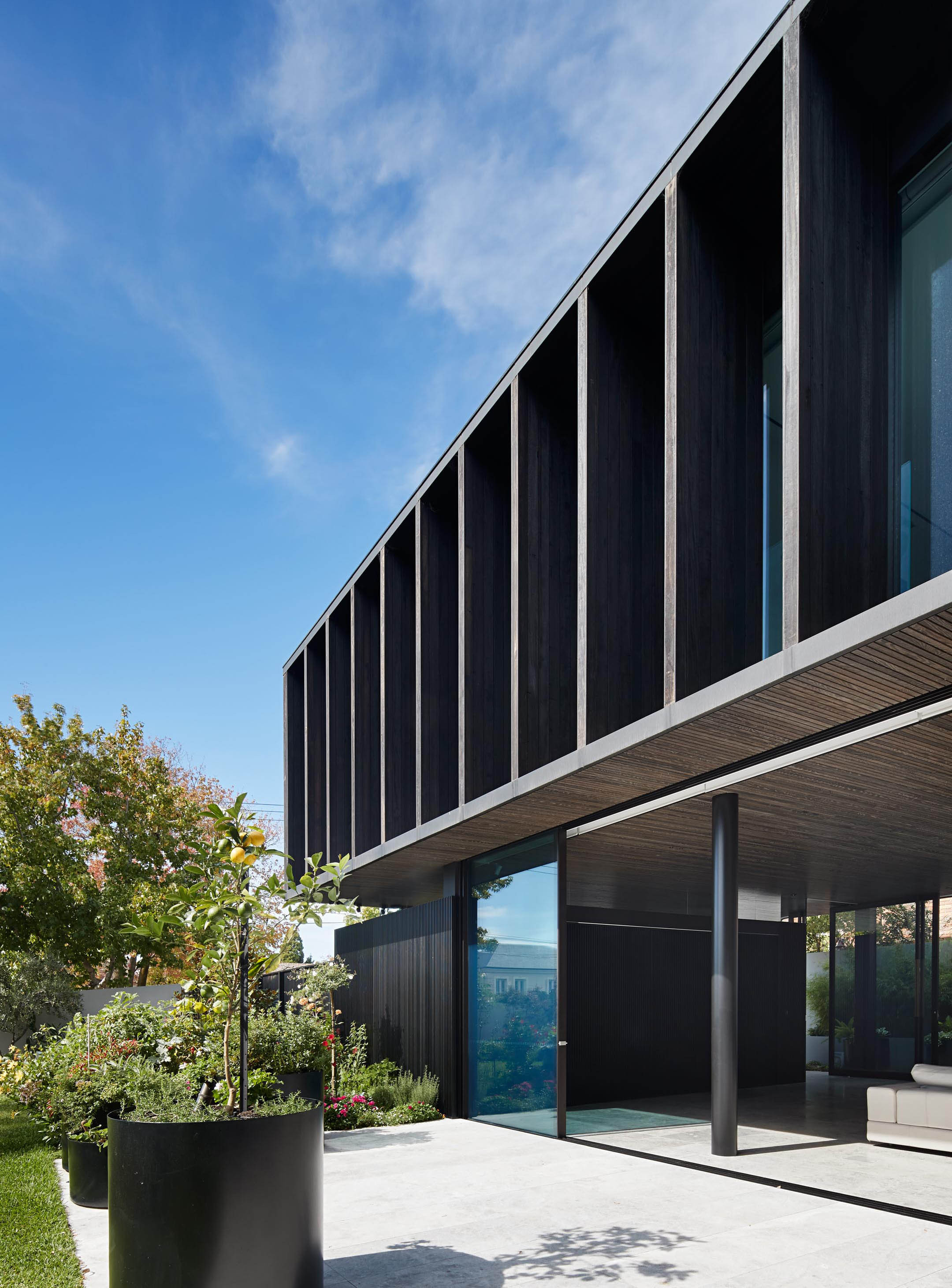
The key for me is natural light.– Tom Ferguson
As far as formulas go, it’s a simple but essential one: show up, bear witness, and capture the spirit of a space as realistically as if the viewer was feeling it first-hand.
“The key for me is natural light,” says Tom. “The human eye has so much better dynamic range than any camera probably ever will. We can deal with really bright lights and shadows in one image whereas a camera isn’t that good. So if you’re shooting from inside to out or outside to in, often you’ll have to use multiple exposures to create a look that feels natural [and] true-to-life.”
It helps to be ready for anything. Documenting a space is about capturing, in that moment, “how it feels to be in and experience that space,” Sam says.
“It’s just about being at the right place at the right time with the right light, and trying to keep fairly calm, and not rushing yourself too much but also moving very quickly,” he says. “Quiet mind, fast body.”
Visit
Share
Credits
- Riley Wilson – Words
- Tom Ferguson – Photography
- Samuel Hartnett – Photography
- Shannon McGrath – Photography
- Vitrocsa Australia - New Zealand – Doors and windows
